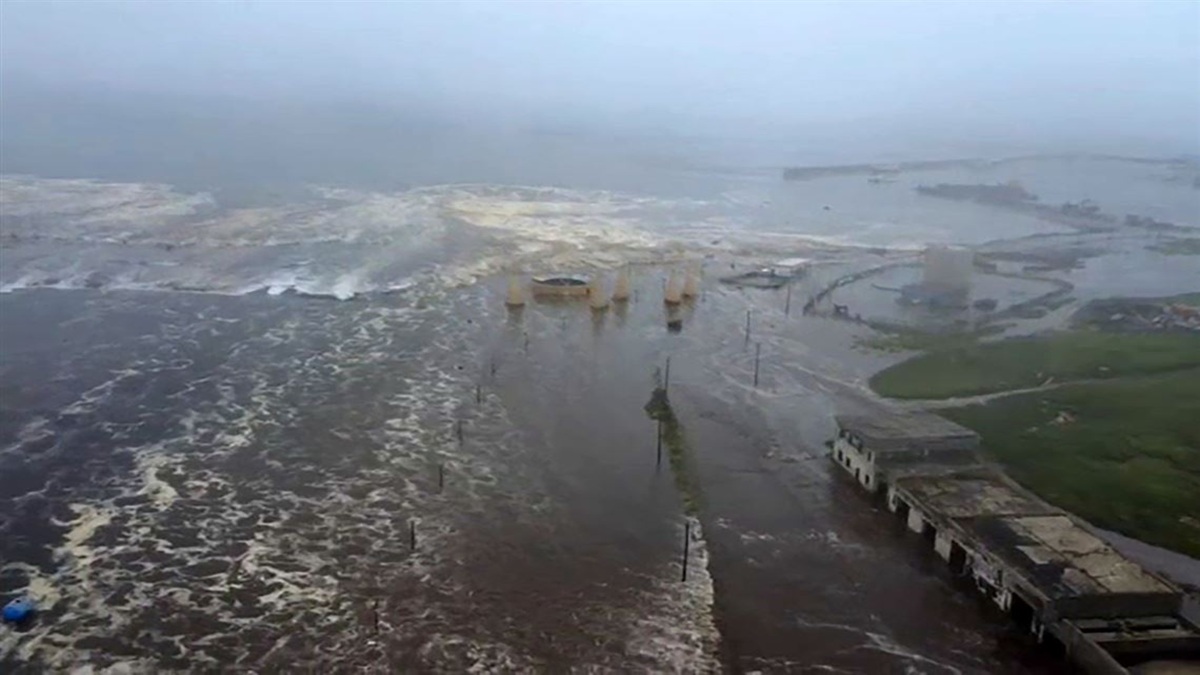Tsunami waves swept across parts of the Pacific, including Hawaii, California, Washington, and Japan, after a powerful 8.8-magnitude earthquake struck off Russia’s remote Far East early Wednesday. The quake is among the strongest ever recorded and triggered widespread tsunami warnings and evacuations.
Quake Strikes Russia’s Far East
The epicenter of the quake was located near the Kamchatka Peninsula, where residents in Petropavlovsk-Kamchatsky reported swaying cars and falling furniture. Russia’s Tass news agency confirmed the first tsunami wave hit Severo-Kurilsk, a coastal town in the Kuril Islands. Authorities in the Kamchatka region described the quake as the strongest in over 70 years.
Ross Stein, a geophysics lecturer at Stanford University and CEO of Temblor, Inc., noted the earthquake was preceded by a rare foreshock sequence on July 22. “This resembles the 1952 Kamchatka earthquake, which reached a magnitude of 9,” he explained, adding that such massive quakes might recur every 75 years based on the region’s subduction activity.
Tsunami Waves Reach U.S., Japan, and New Zealand
The quake triggered tsunami waves that reached Hawaii by 7:30 p.m. local time (1:30 a.m. ET), followed by impacts along the U.S. Pacific Coast, including California and Washington. Nearly two million residents in Japan were urged to evacuate coastal areas, although no casualties have been reported as of press time.
Read Also: Trump arrives in Scotland for four-day visit
In Hawaii, authorities initially warned of significant impact, but the tsunami alert was downgraded to an advisory around 5 a.m. ET, allowing residents to return home. Homeland Security Secretary Kristi Noem later confirmed the threat of a “major” tsunami in the U.S. had “passed completely.”
New Zealand Issues Coastal Warning
New Zealand’s National Emergency Management Agency issued warnings for strong and unusual currents following the quake. The advisory affects coastal areas of the North and South Islands, Stewart Island, Great Barrier Island, and the Chatham Islands.
Officials warned of dangerous surges and currents that could pose risks to swimmers, surfers, and people near the shore. “There is a danger to swimmers, surfers, people fishing, and anyone in or near the water,” the agency cautioned.
Residents living on boats or in marinas were urged to move to land, though no significant land flooding is expected. The agency confirmed tsunami activity had already reached parts of the country and that surges could continue for several hours.
A Historic Seismic Event
According to the U.S. Geological Survey (USGS), this quake is tied for the sixth-largest ever recorded globally and is the most powerful since the devastating 2011 earthquake in Japan, which caused the Fukushima nuclear disaster.
While the full extent of the damage is still being assessed, international monitoring agencies continue to watch for aftershocks and further tsunami threats across the Pacific.
